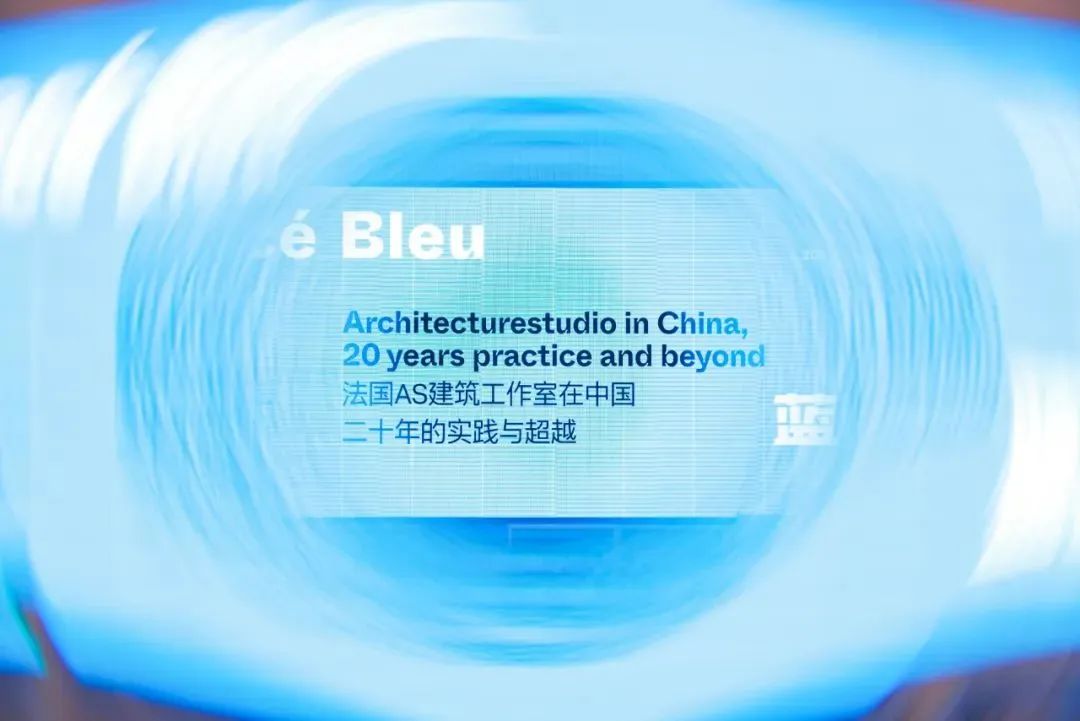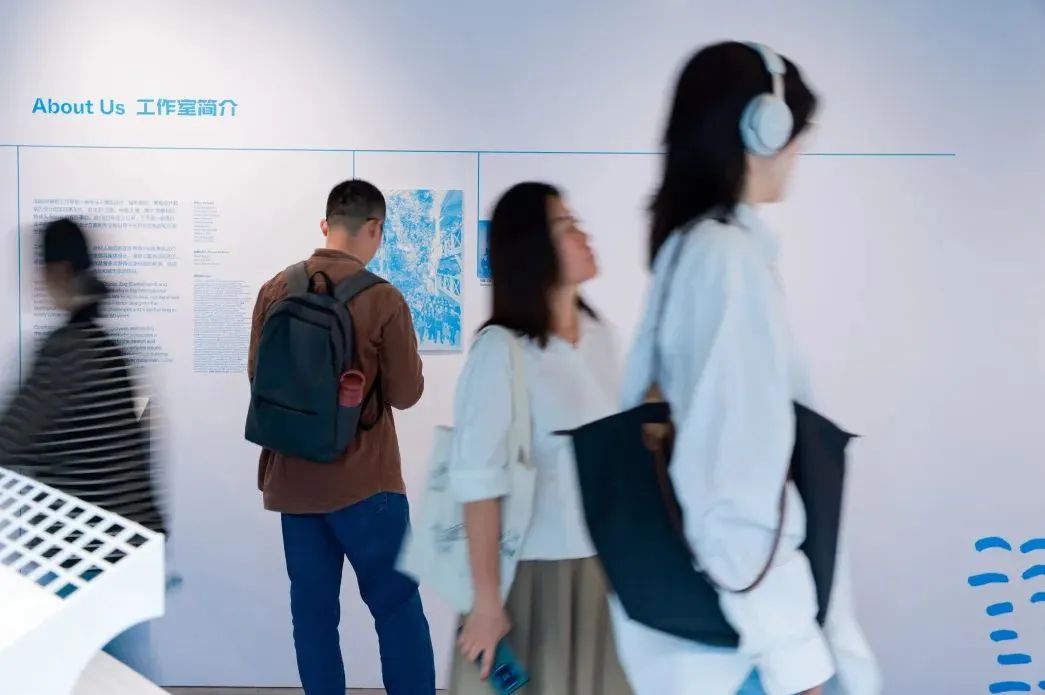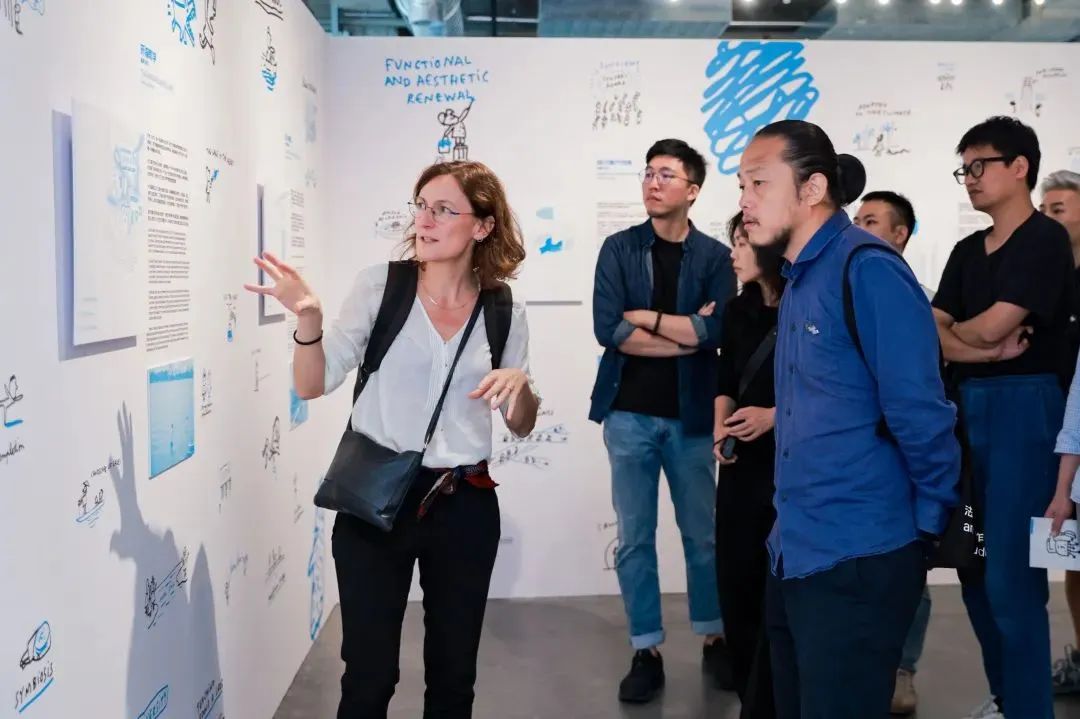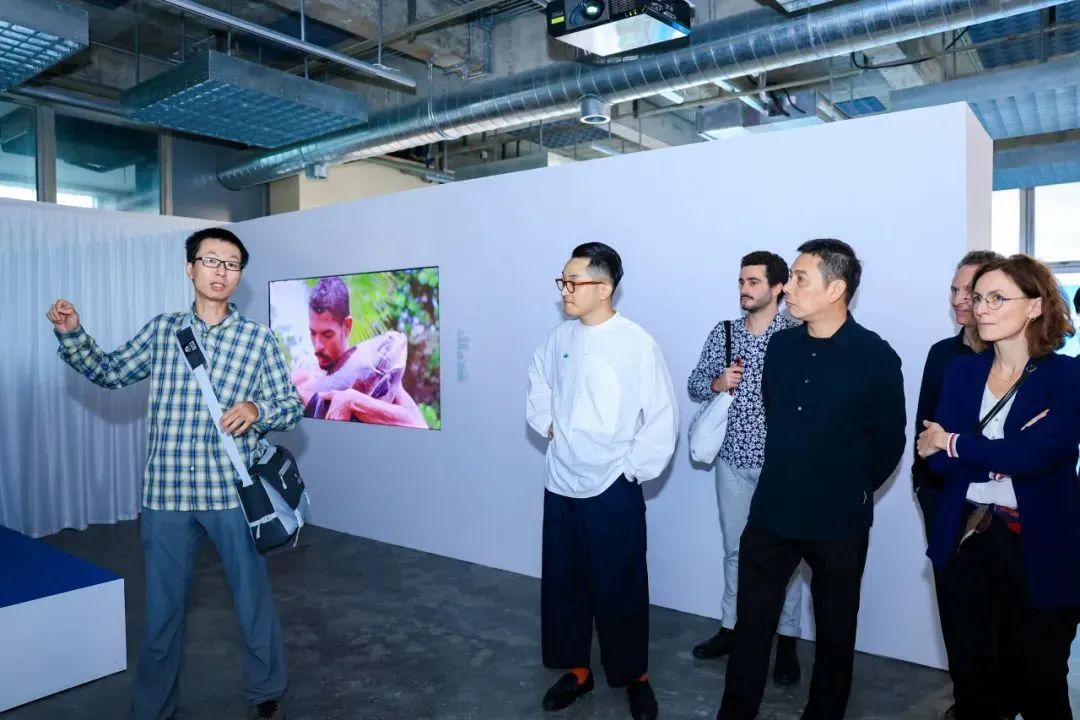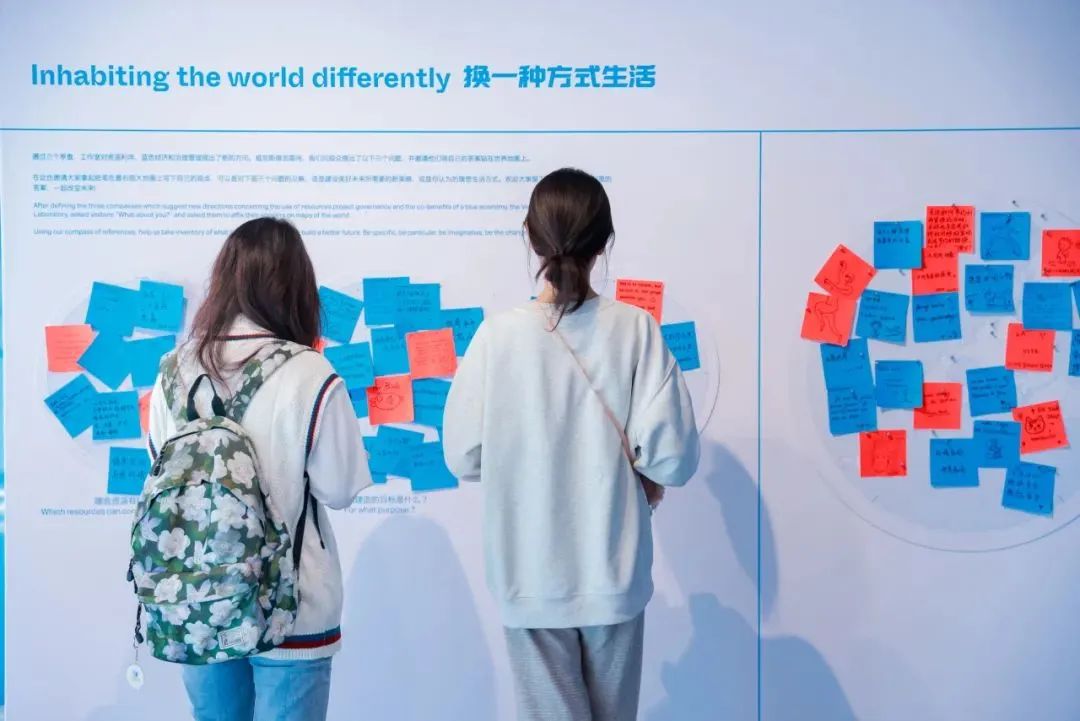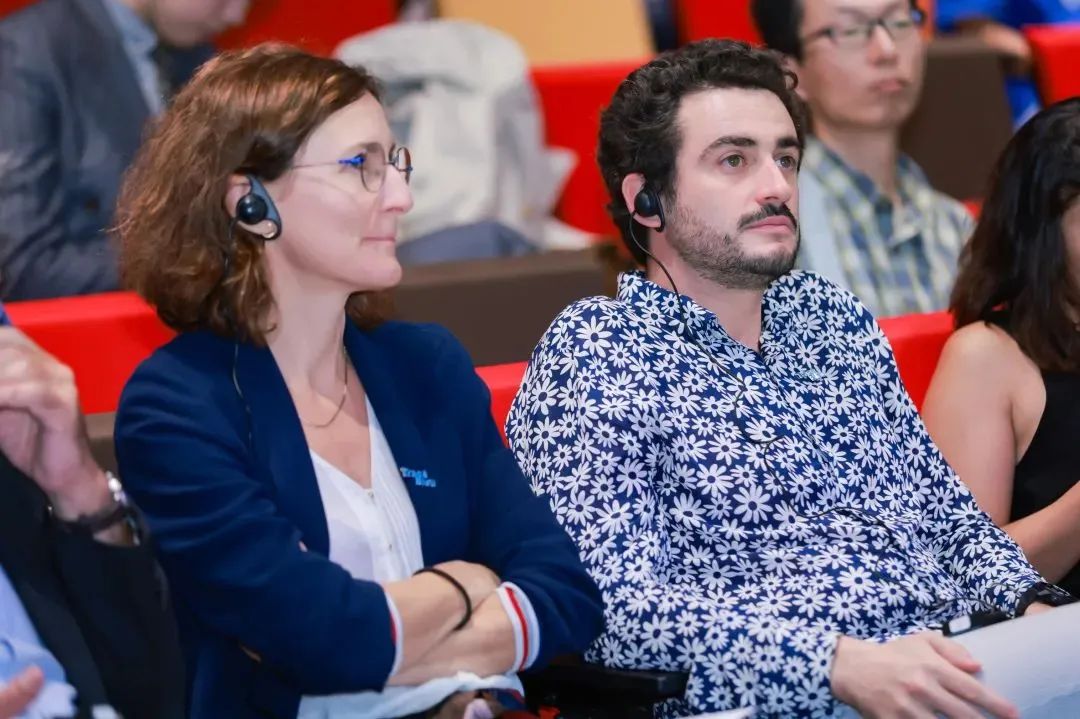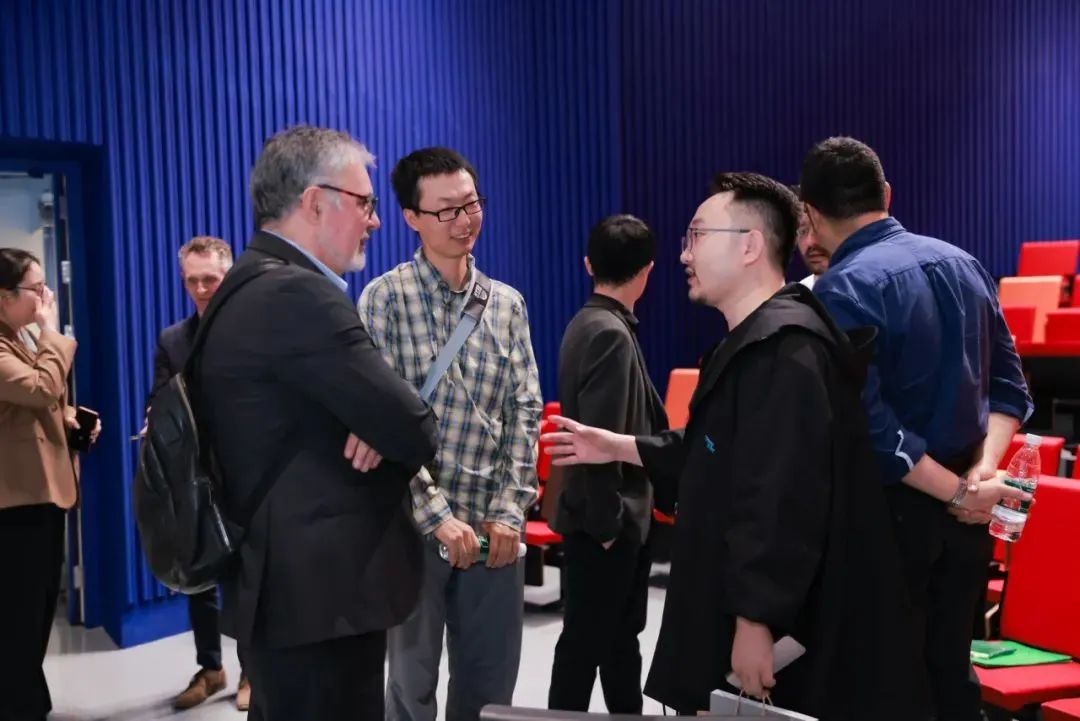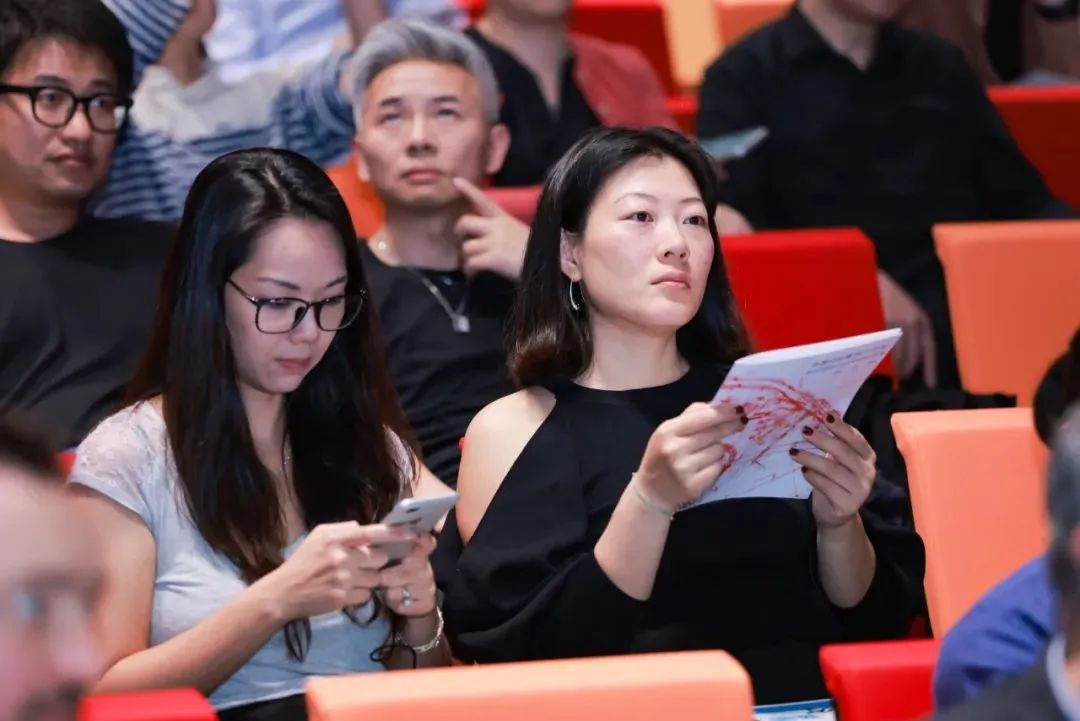Exhibition Review | Tracé Bleu
Release time:2024-10-22
On October 11, 2024, the closing forum of the *Tracé Bleu* 50th-anniversary exhibition entitled Architecturestudio in China: 20 years of Practice and Beyond was successfully held in Shanghai. The forum began with an opening speech by Professor Wang Zhendong, Secretary of the CAUP Party Committee, with Assistant Professor Jiang Jiawei as academic host.René-Henri Arnaud, partner of Architecturestudio, alongside Vincent Hannotin, director of the Shanghai office, presented on the projects in China during these 20 years of rapid development. Partners Romain Boursier and Marie-Caroline Piot gave a detailed presentation of the philosophy and projects behind the *Tracé Bleu* exhibition.
Distinguished guests such as Zeng Qun, Tongji University Architectural Design & Research Institute, Zhang Bin, founder and chief architect of Atelier Z+, artist Dr Cheng Xinhao, Martin Colomer-Diez, cultural director of Le Centquatre-Paris, and associate professors Tan Zheng and Yang Chen from Tongji University also took part. They joined the Inhabiting the World Differently roundtable with Architecturestudio partners, exploring future possibilities for architecture and lifestyle.
René-Henri Arnaud and Vincent Hannotin highlighted three core themes of the *Tracé Bleu* concept: Re.source, Re.act and Re.generate. These themes served as the lens through which they discussed Architecturestudio's key projects in China over the years. As early as 2000, the studio proposed an urban design for Shanghai's bid for the 2010 World Expo, which included a 'Flower Bridge' connecting both sides of the Huangpu River. This design played a pivotal role in the city's large-scale urban redevelopment and contributed significantly to Shanghai's successful bid for the Expo.The studio has since completed several landmark projects in China, including the Chongqing Science Museum, the Xie Zhiliu and Chen Peiqiu Art Museum, the Deqing Xiashu Lake Wetland Park, the Quzhou campus of Zhejiang University, the World Wine Expo and the Humanities Building of Tsinghua University. These projects encouraged reflection on moving away from a consumption-driven approach to resource use and towards a dynamic resource management model for sustainable development. These initiatives explored how to move from traditional growth-oriented development to a more dynamic, interconnected approach that ensures ecological balance and sustainable resource cycles.
*Tracé Bleu* evolved from the studio's traditional approach, Tracé Rouge, into a new concept in 2023. It advocates the protection of ecosystems, co-governance with nature, reclamation of wasteland, investment in public resources and restrained construction. Marie-Caroline Piot and Romain Boursier gave a detailed presentation on this topic. *Tracé Bleu* is a holistic approach to the new paradigms imposed on everyone, especially architects, by the climate emergency. This uncertain exploration is intended to be shared with philosophers, researchers, geographers, environmentalists, artists, politicians and environmental historians. TracéBleu is also an original, contributory, systemic, and integrative methodology in terms of new skills. It should now allow us to approach architectural and built environment projects in all their specificity and complexity. By analysing resources, management, and the blue economy, we aim to visually express the factors involved in project practices.Breathing Community in Montpellier emphasises energy-efficient design based on climate projections and promotes community governance. The Courthouse in Guyana interprets a new relationship with resources by using local materials to promote industrial development and ensure the rational use of natural resources.
ZENG Qun
Vice President of Tongji University Architectural Design & Research Institute (Group) Co., Ltd, Chief Architect of the Group
Urban regeneration often introduces cultural spaces such as bookshops and performance venues, turning culture into a symbol packaged as a commodity within the urban environment. However, this approach often leads to eventual decline and unsustainability. So what should be the real objective? The creation of space alone does not lead to cultural flourishing. Culture thrives through the active participation and contribution of society as a whole. For architects, the goal is to design spaces that inspire public engagement and resonate with the cultural essence of the city, ensuring long-term vitality and the continued creation of cultural value.ZHANG Bing
Founder and lead architect of Atelier Z+
The tableau blanc is an excellent tool for reflection, but for architects it can sometimes be a disaster. In the built environment - whether rural, urban or wilderness - the focus should be on existing resources. In this era of urban regeneration, paying attention to anonymous buildings, prolonging their lives and enabling their interaction with society is an opportunity. This approach is a significant step forward from the blank slate approach of the past. We have also shared these ideas with Architecturestudio, projecting our architectural ambitions through practical application.CHENG Xinhao
Cheng Xinhao currently lives and works as an artist in Kunming, Yunnan, China. PhD in Chemistry from Peking University.
How can we reverse the current situation within the existing reality? Can we explore the potential of the city in our own way, discovering unique ways of using its spaces, if we stop adhering to the pre-determined patterns of the city? At the same time, we need more public spaces and venues for public discourse. As the Blueprint exhibition demonstrates, this inclusivity allows for the integration of a wider range of public perspectives. In Where to Return 2, the construction of architectural space is not limited to a specific area; it also reimagines the local world within its traditional context.Martin COLOMER-DIEZ
Director of Cultural Engineering at CENTQUATRE-PARIS
Built in the 17th century and renovated at the beginning of the 20th century, Le Centquatre-Paris offers limited physical space but unlimited functionality. This space serves culture through a variety of artistic activities and is part of a cultural urbanism, created by architects and planners under the theme of cultural innovation. The exhibition goes beyond the architectural limits, offering a philosophical vision that connects with the emotions and experiences of the audience, providing insights into various contemporary issues.
TAN Zheng
Associate Professor, College of Architecture and Urban Planning, Tongji University
Before the year 2000, architectural education in China was still largely rooted in traditional academic approaches. However, CAUP has long been attentive to issues such as the environment, globalisation, and sustainability. We offer a course for postgraduate students entitled Current Trends in Architectural Discipline, which encourages an open exploration of issues such as the blue economy, infrastructure, sustainability, transport, energy, climate, and human habitation.YANG Chen
Associate Professor, College of Architecture and Urban Planning, Tongji University
I was a participant in the final session of 150 Chinese Architects in France, and upon arriving in Paris, I visited Architecturestudio, which left a strong impression on me. The transition from Tracé Rougeto Tracé Bleu. It emphasises two key aspects: first, that architecture and urban planning should break down professional boundaries and address issues holistically across different scales, from macro to micro; second, that we must move from traditional engineering thinking to a sustainable development approach that integrates cultural, social, and environmental concerns. This shift is crucial to understanding contemporary urban regeneration.

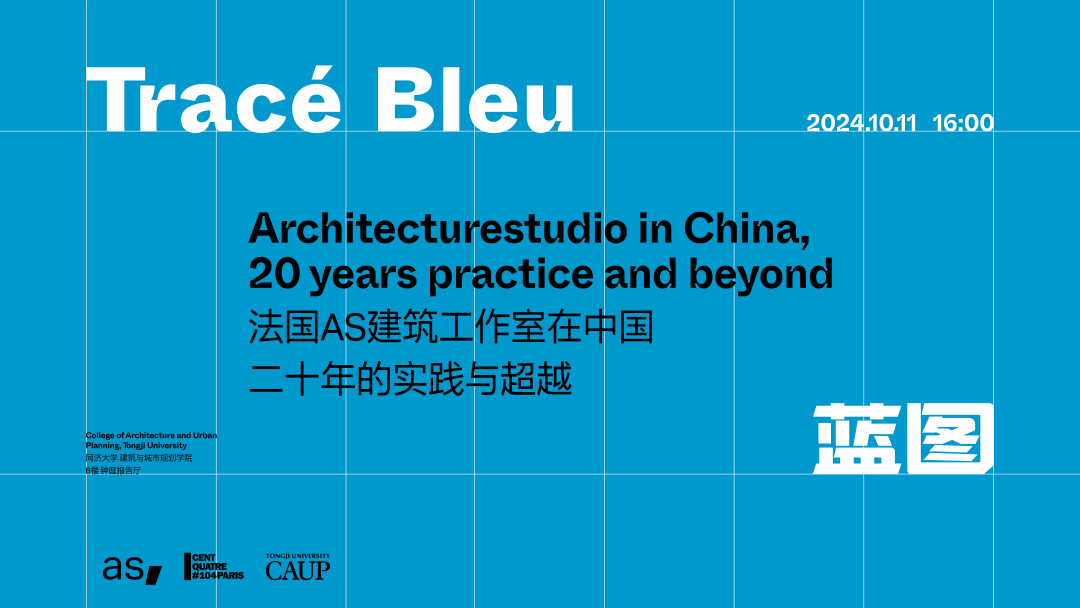
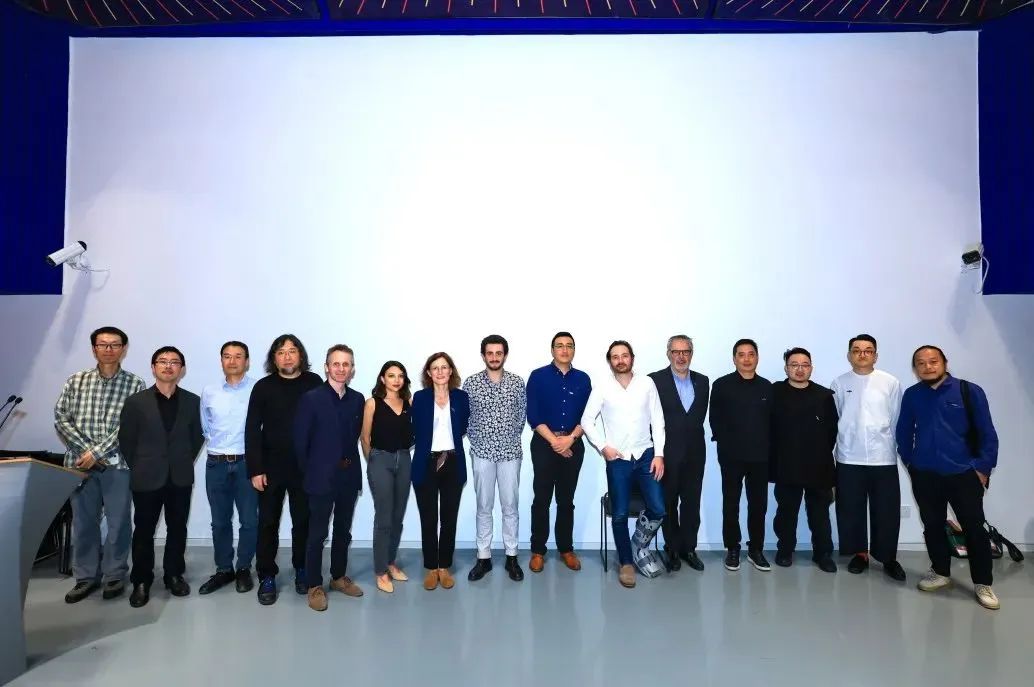
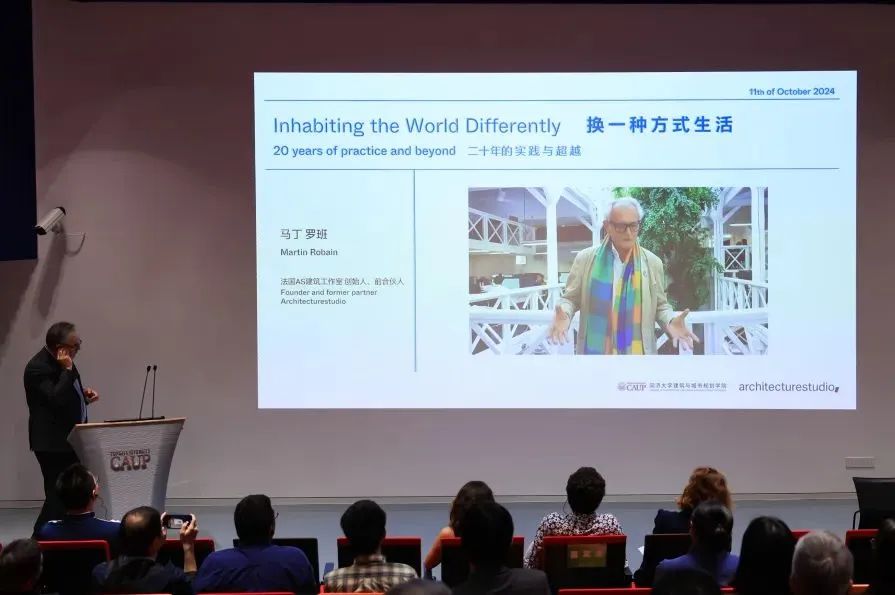
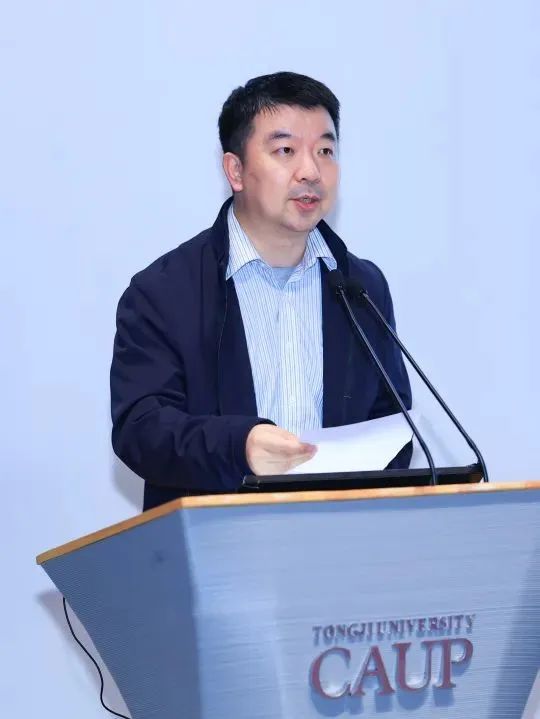
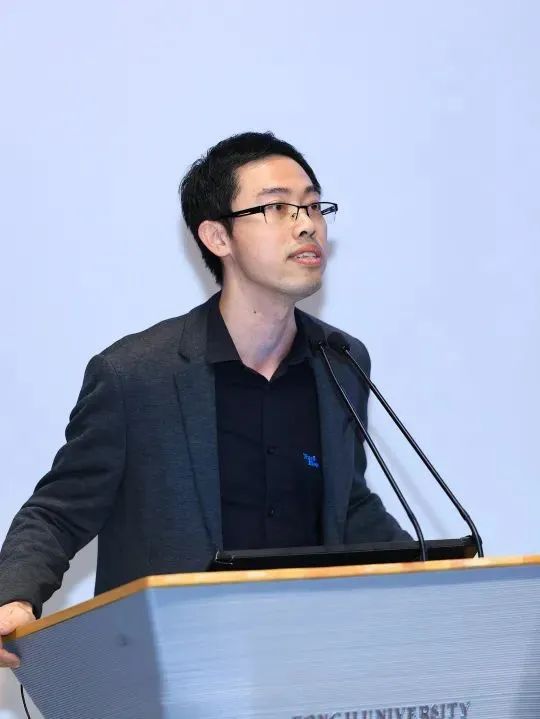
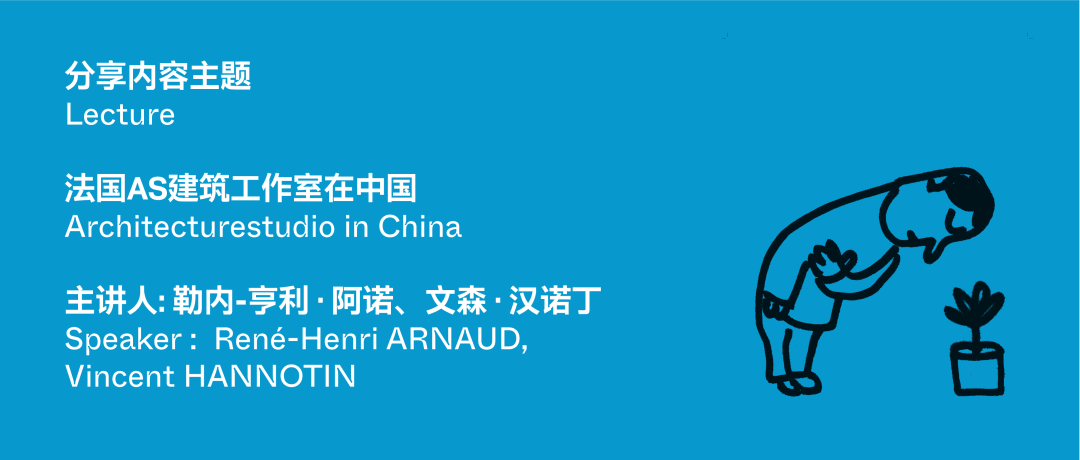
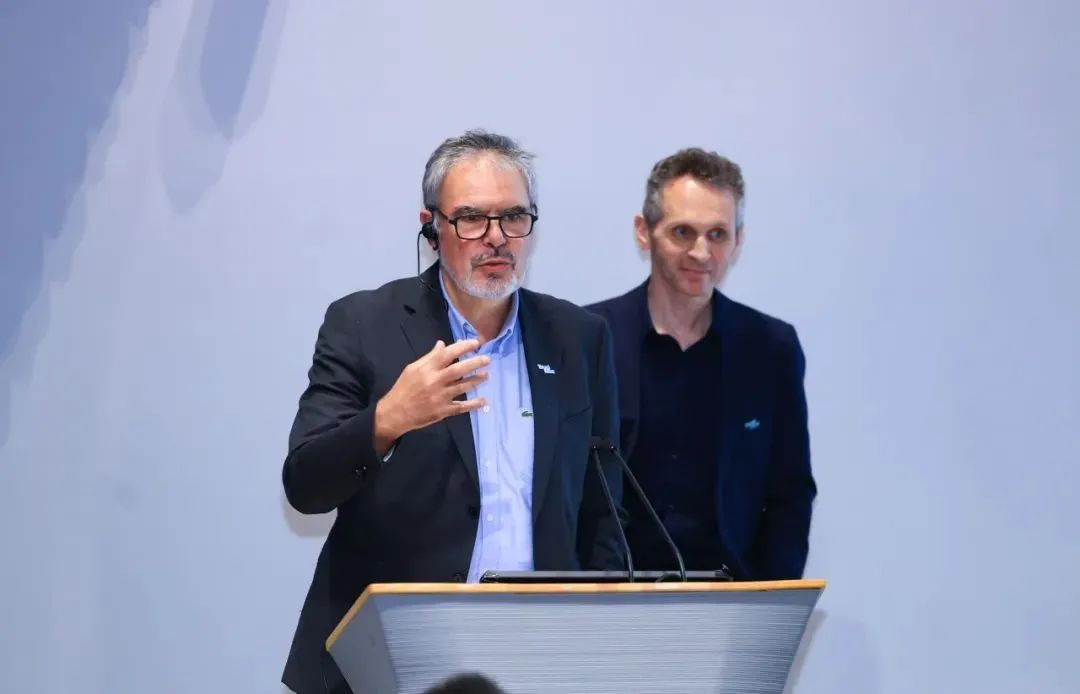
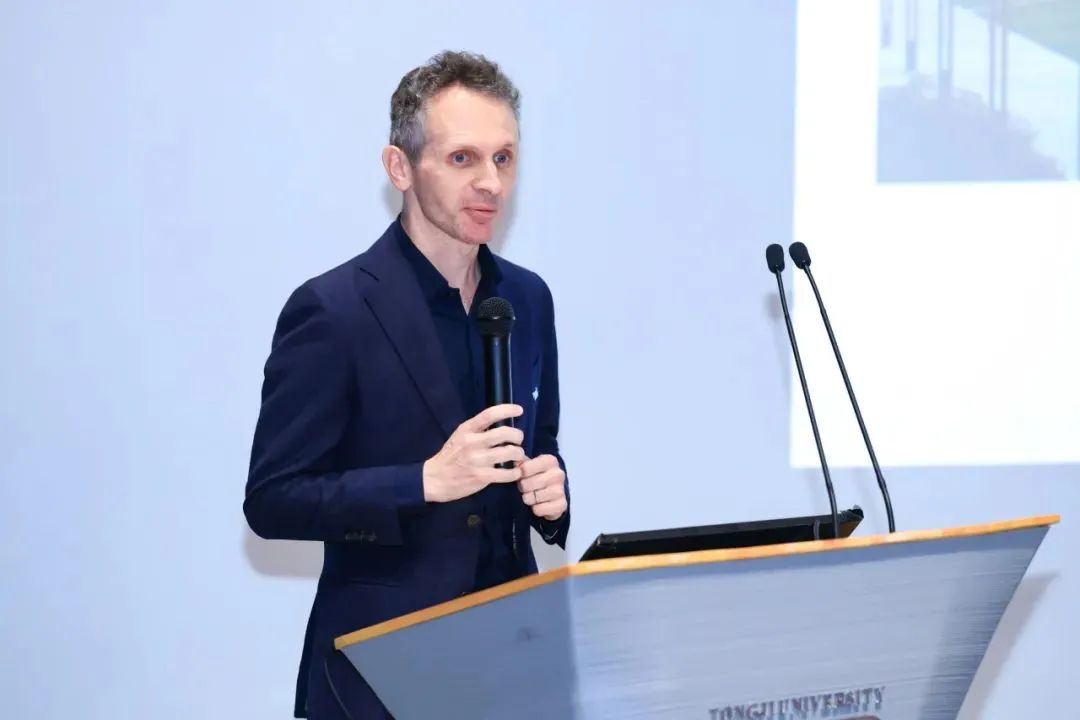
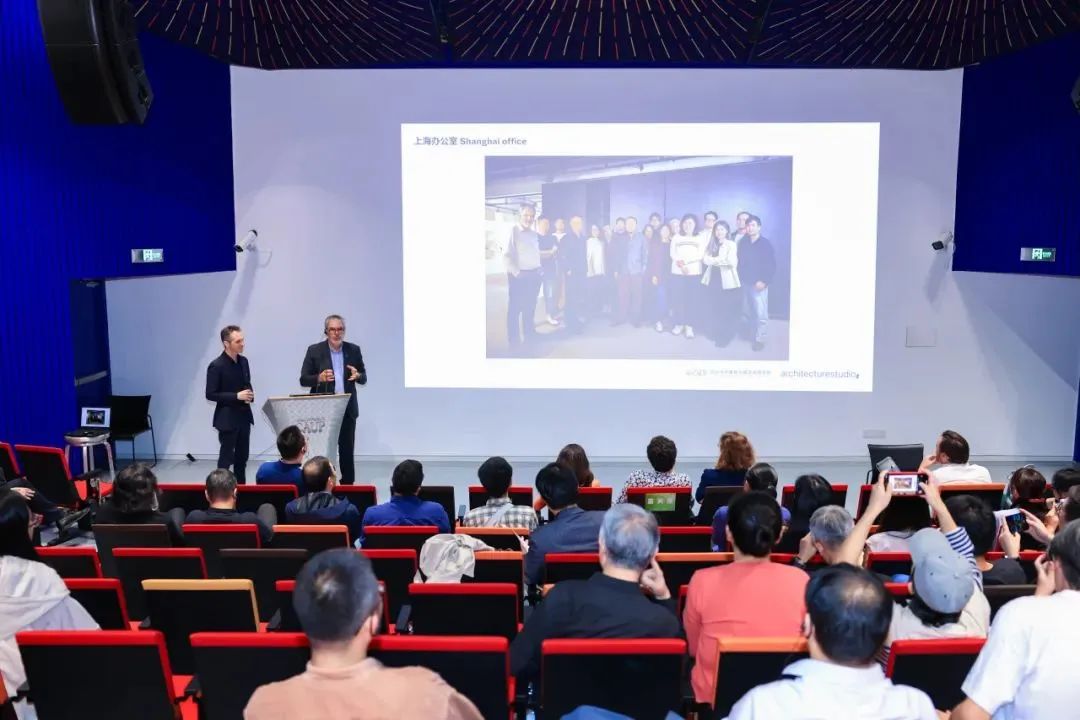

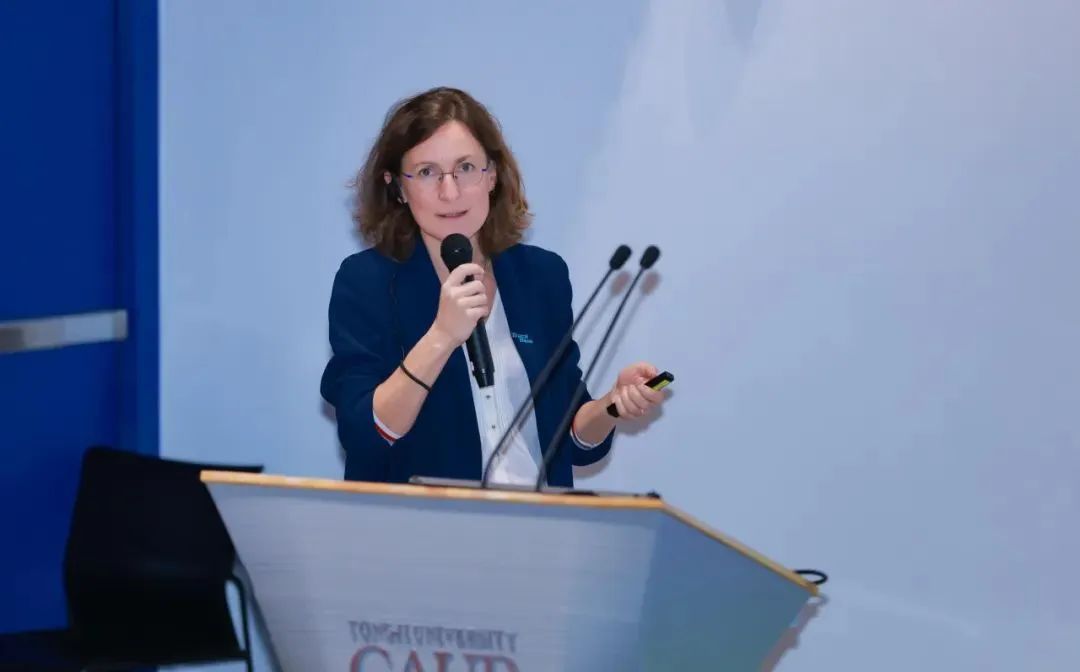
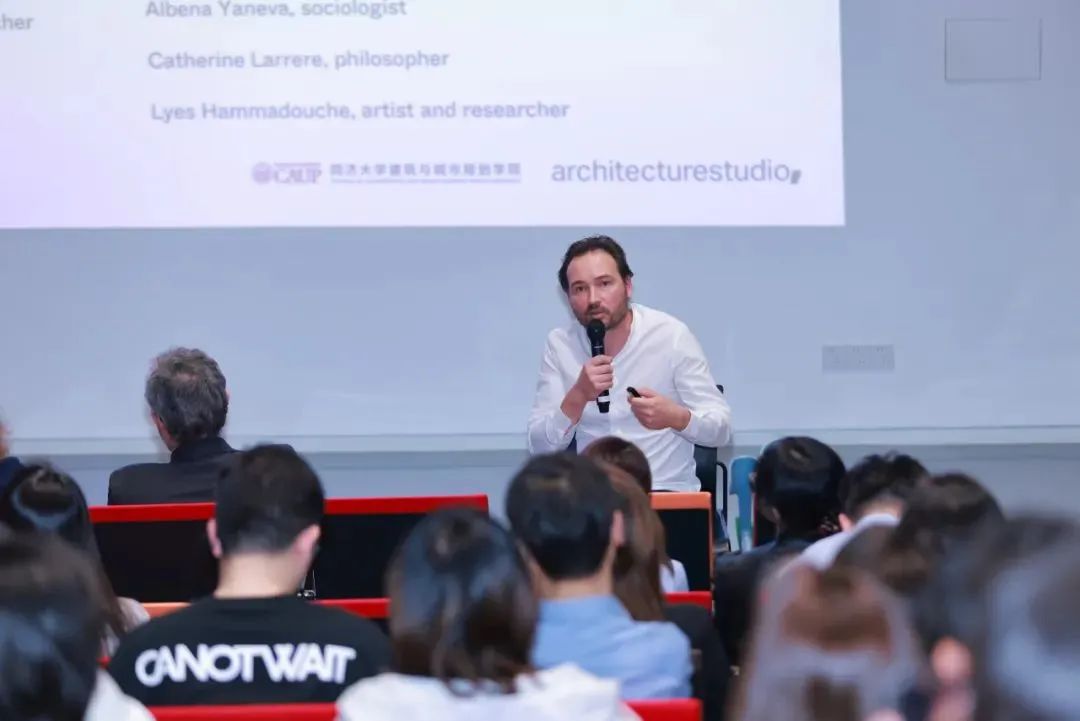
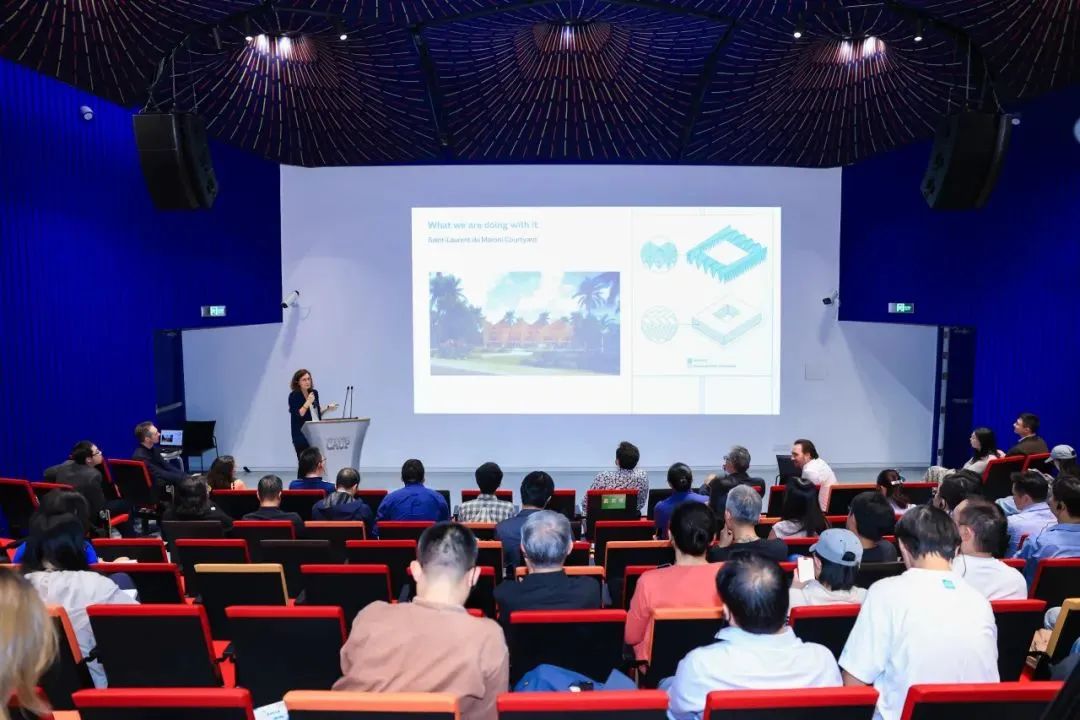
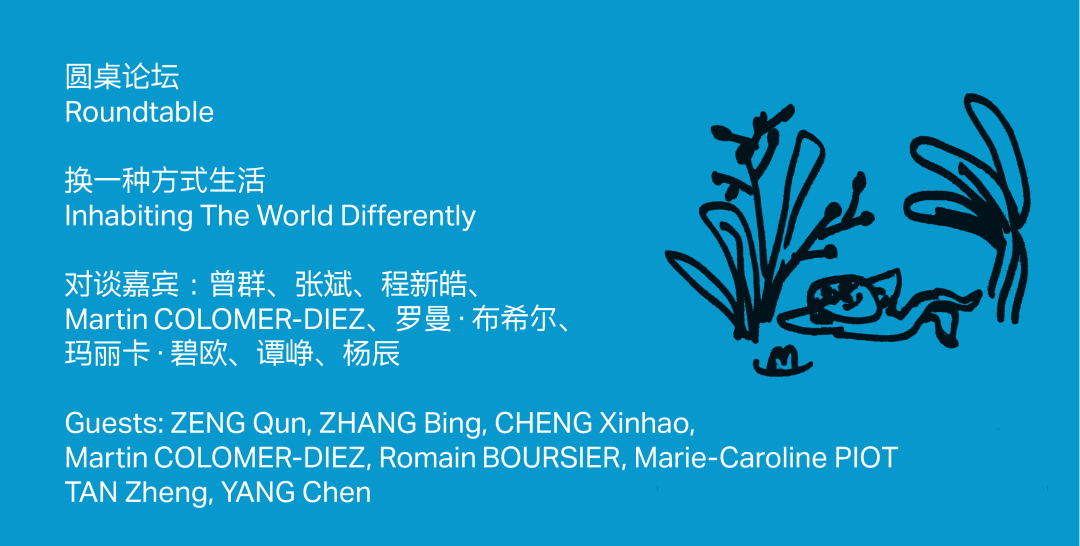
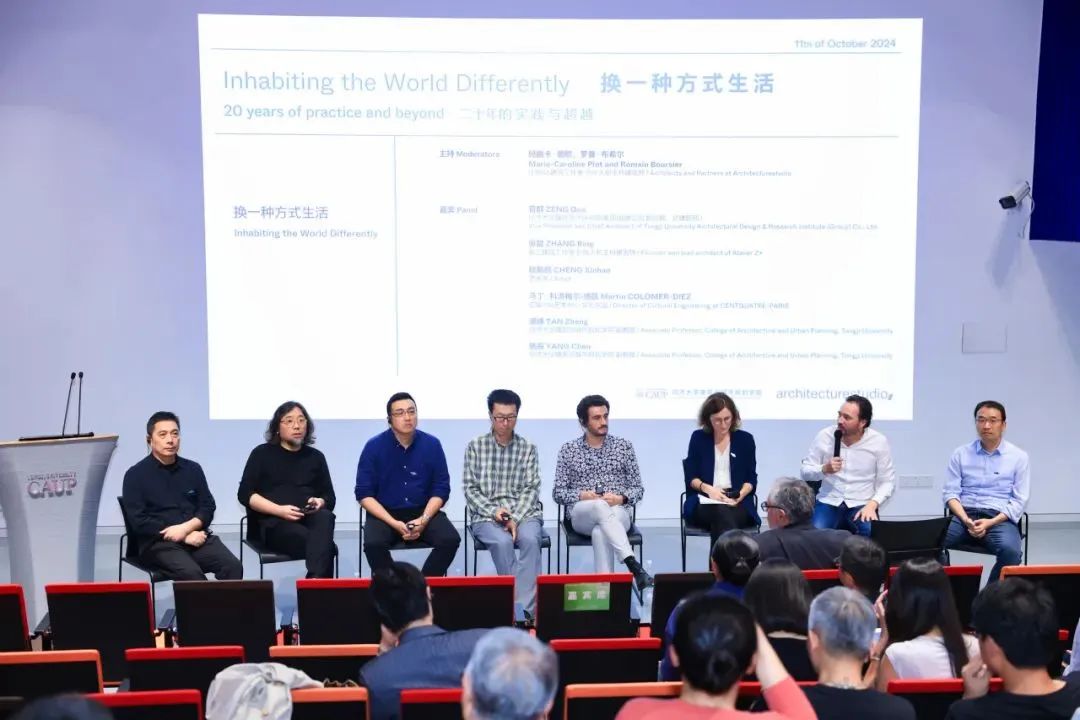
 ABOUT US
ABOUT US


